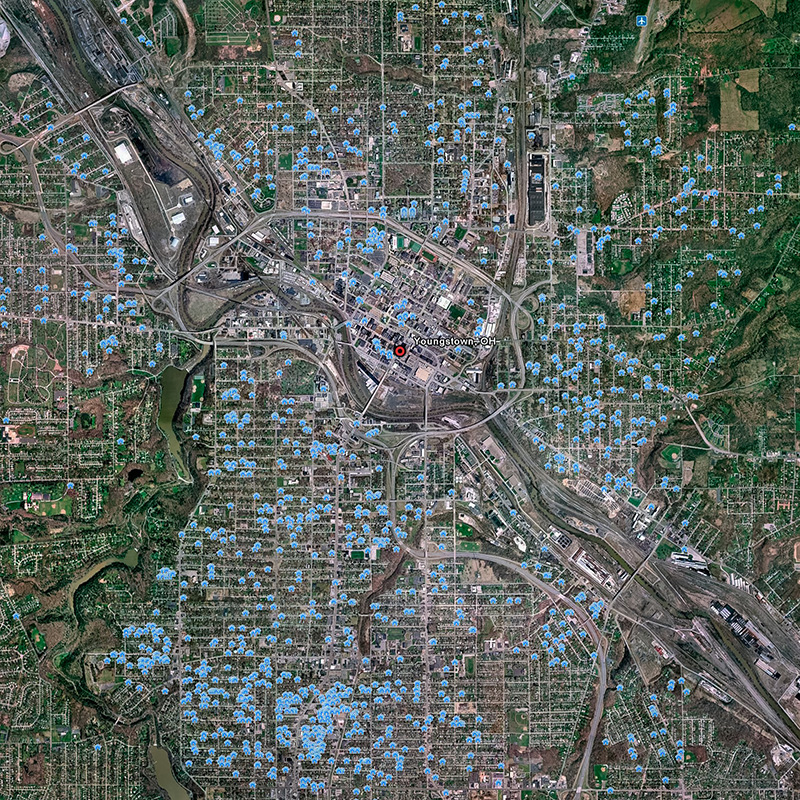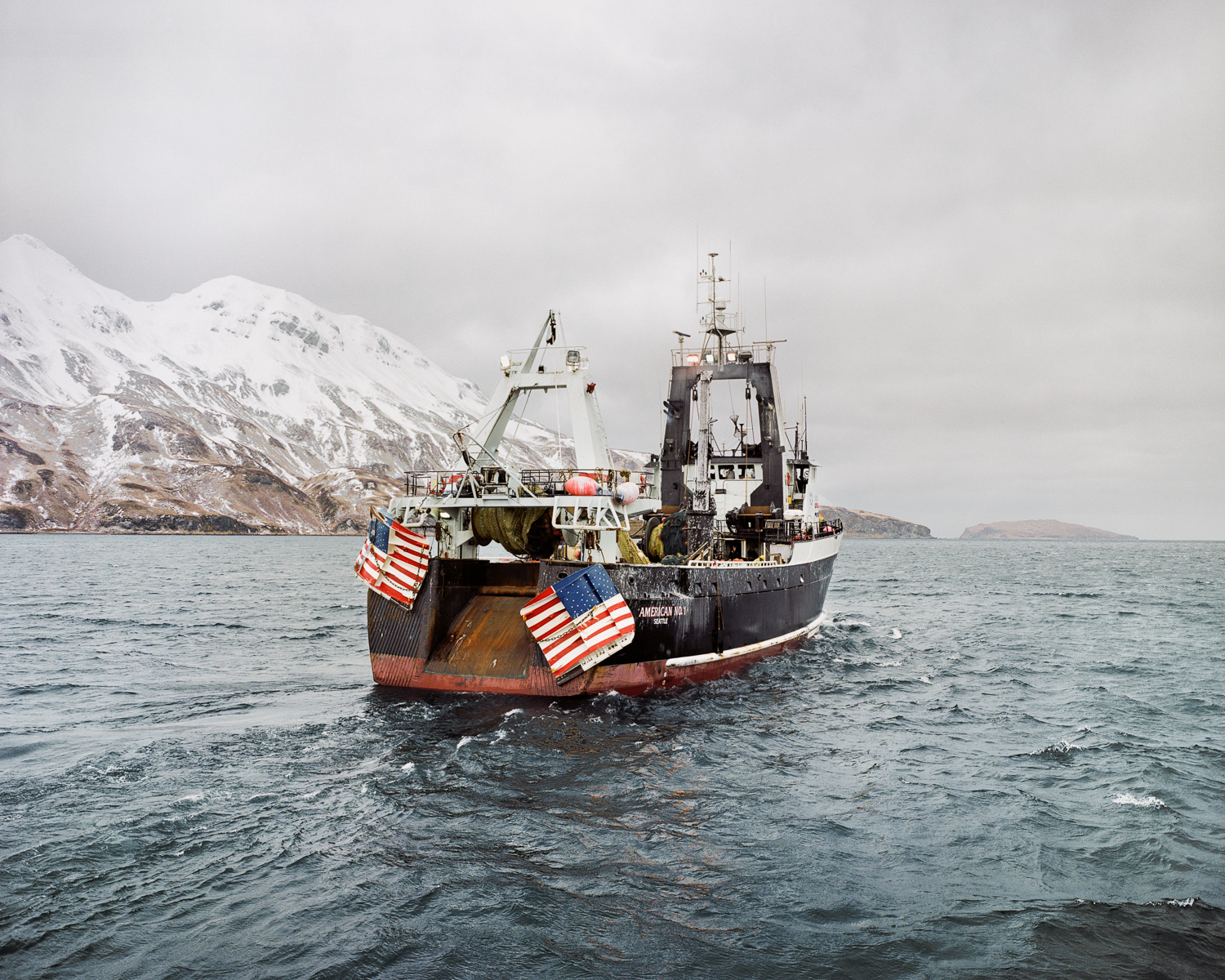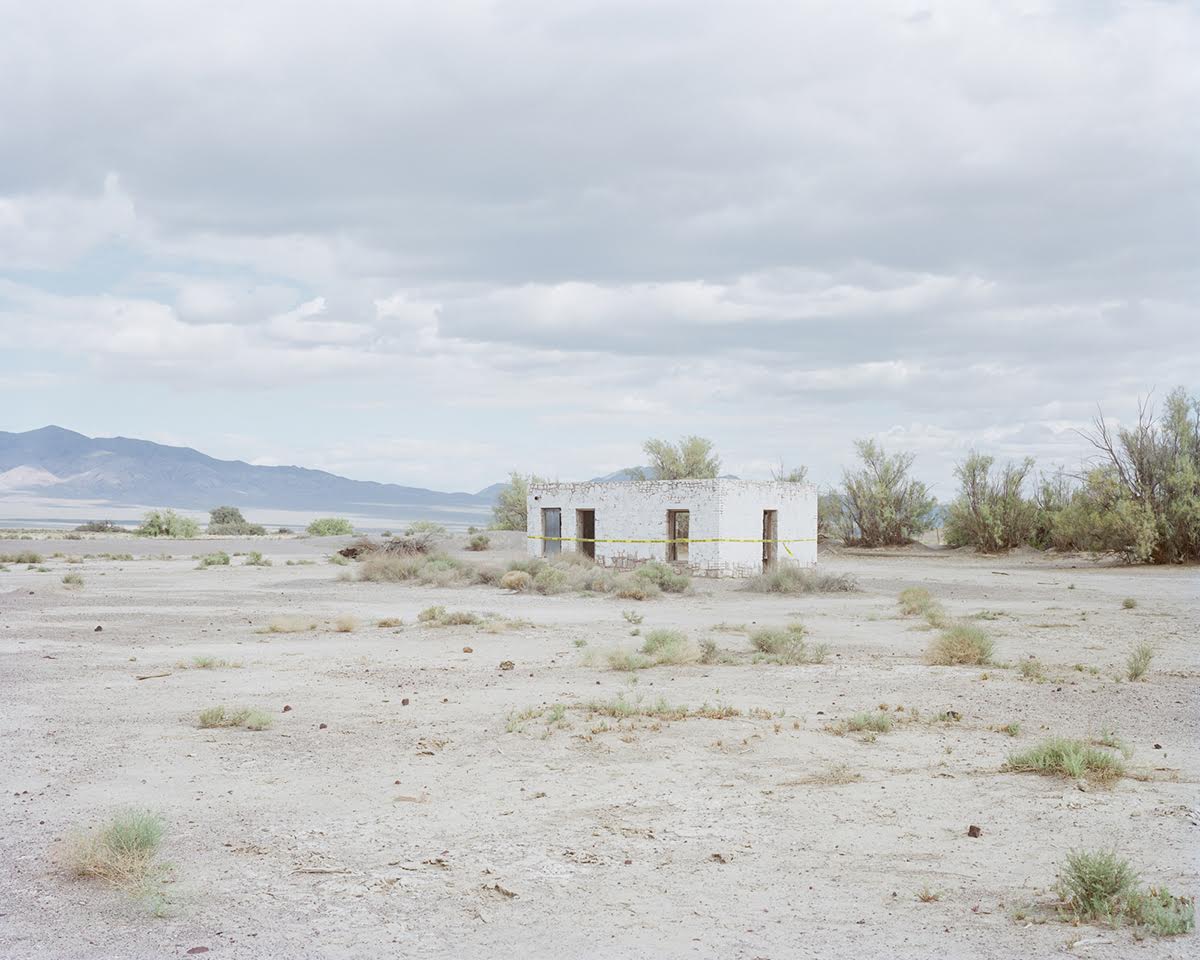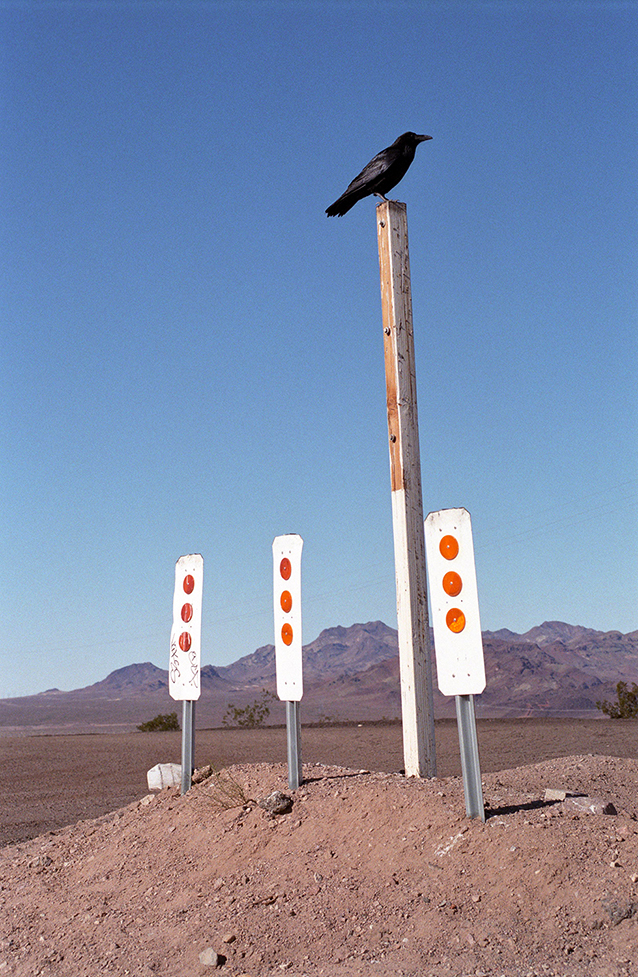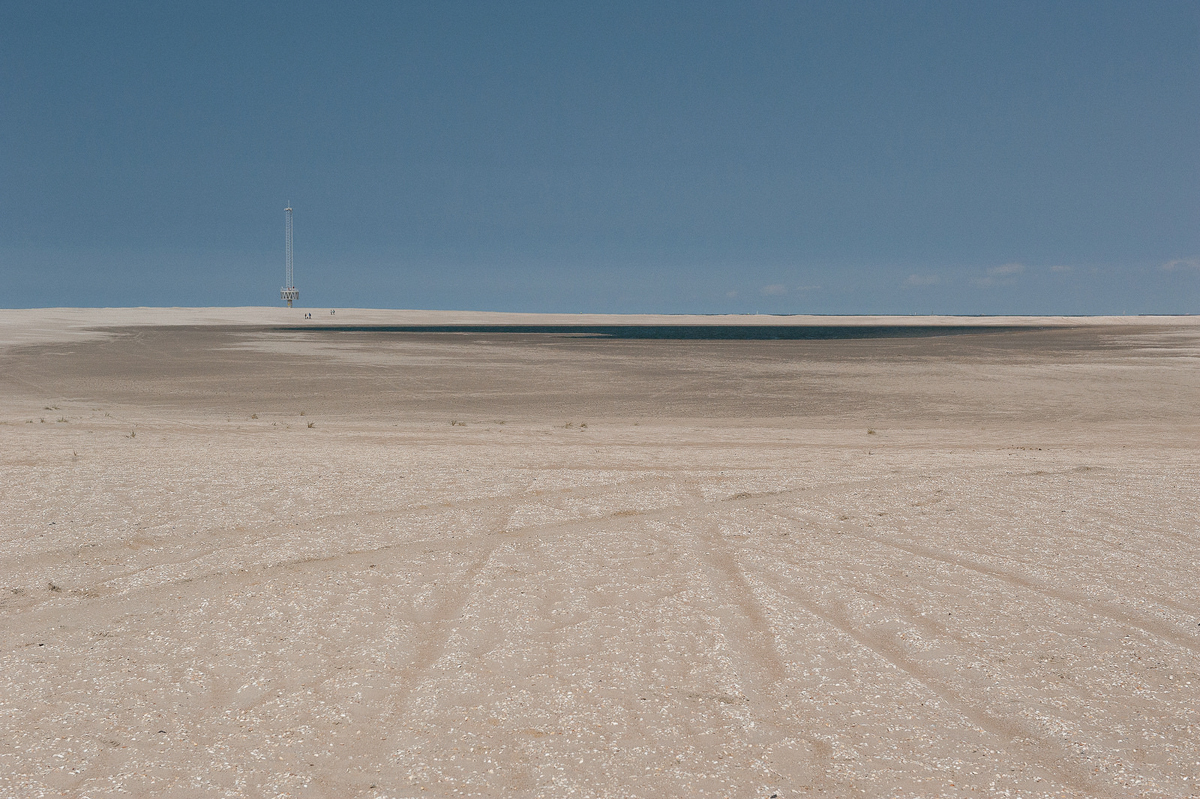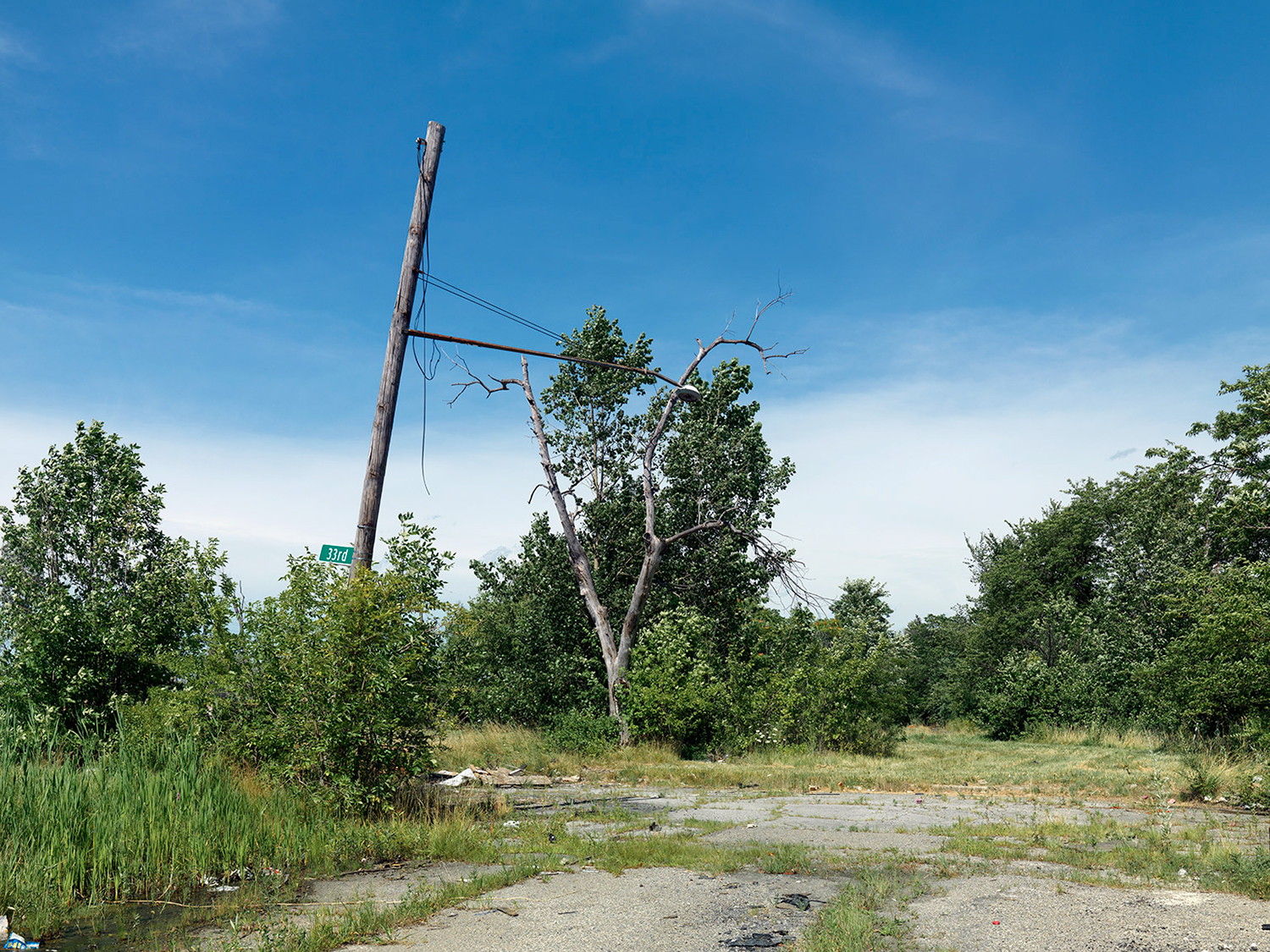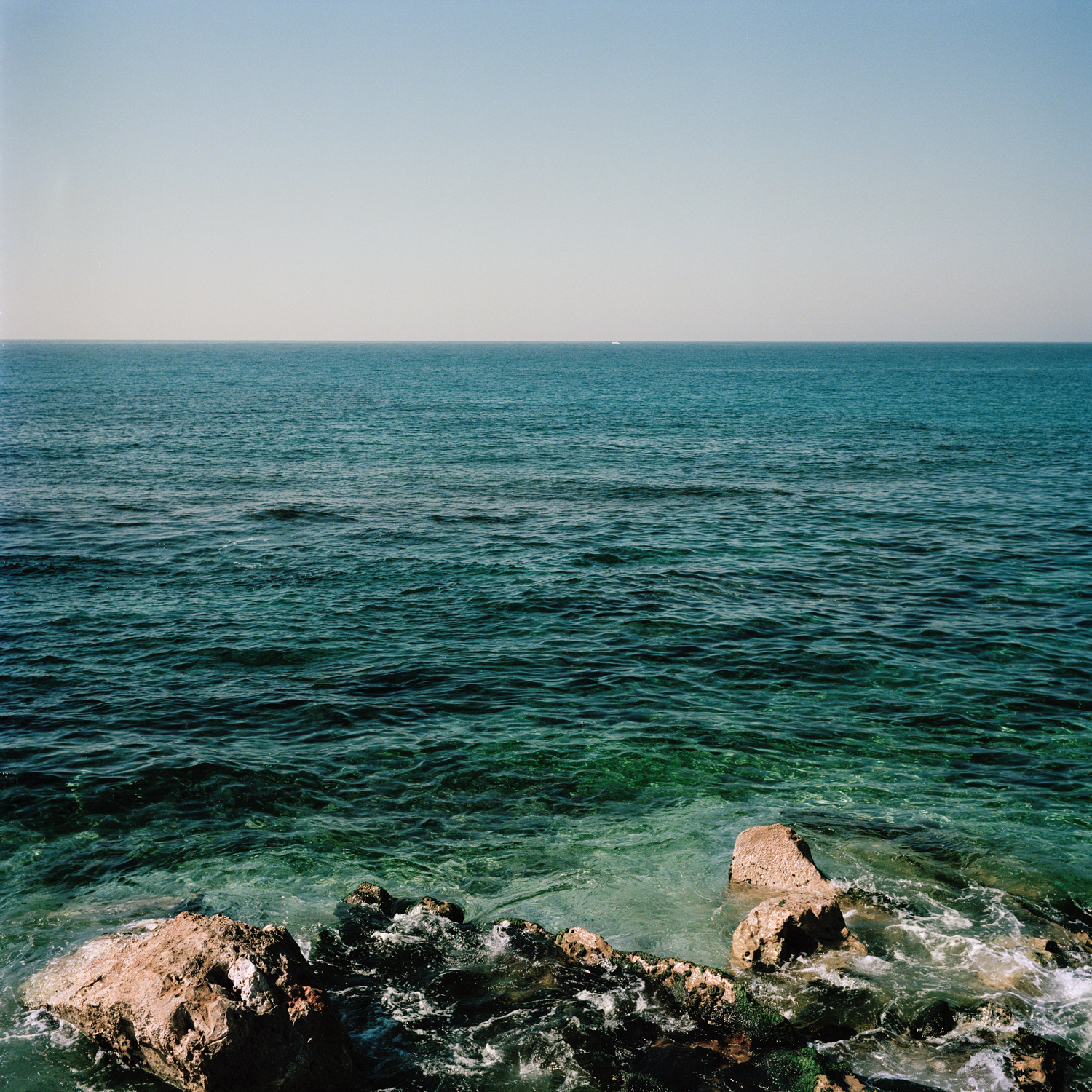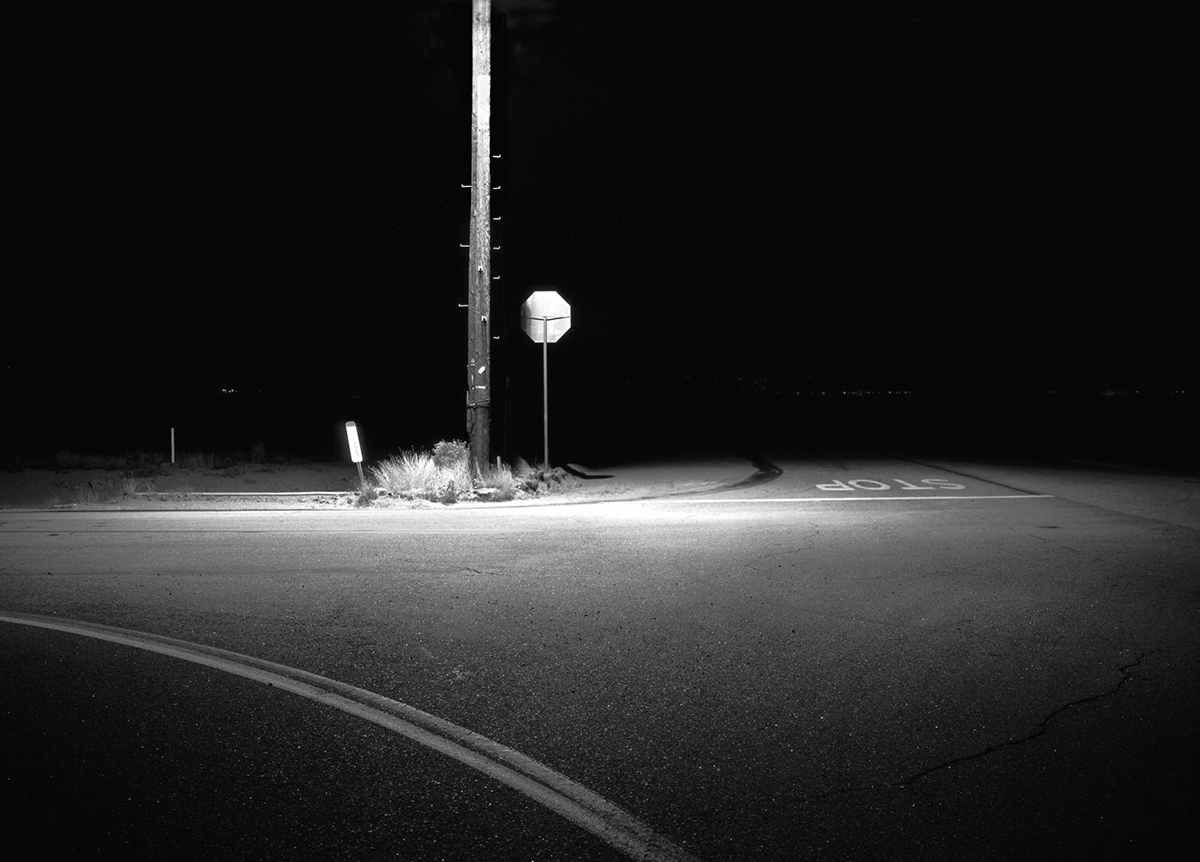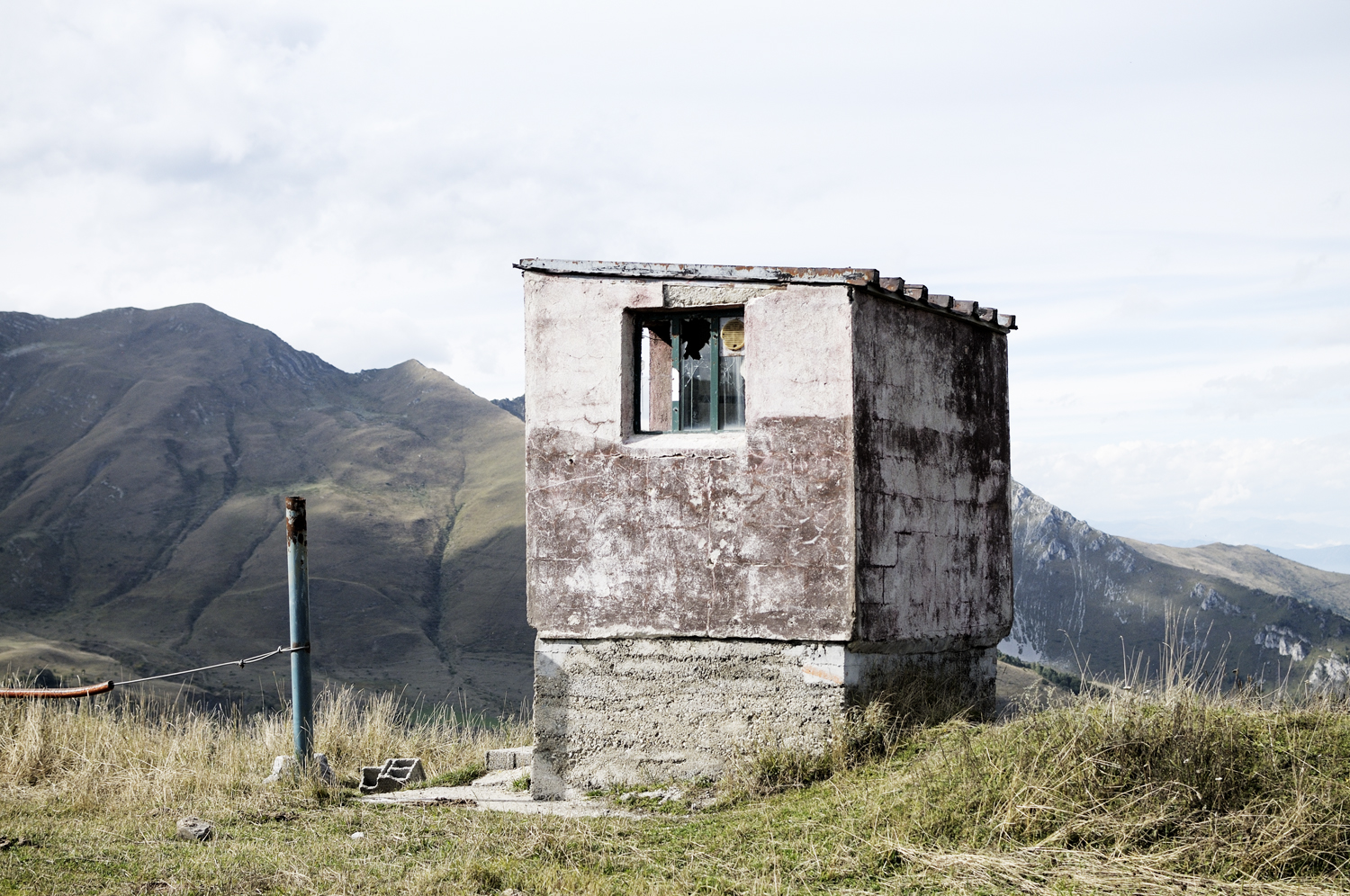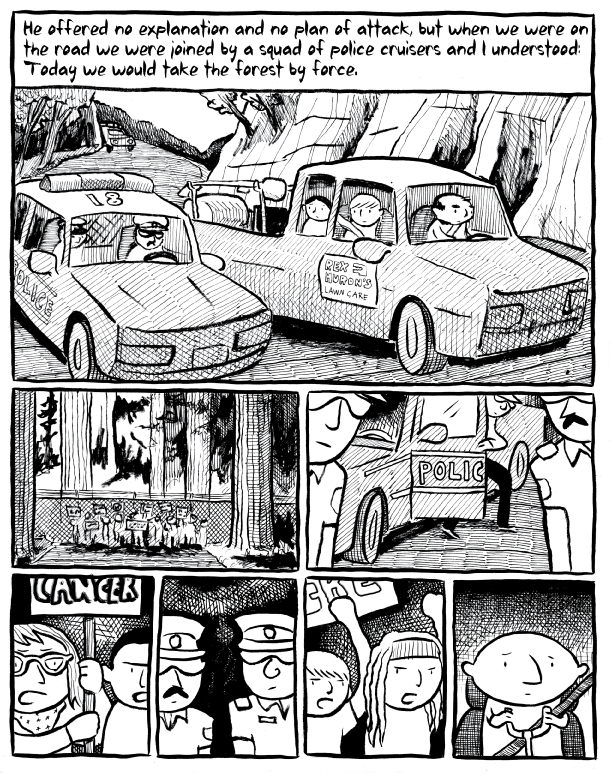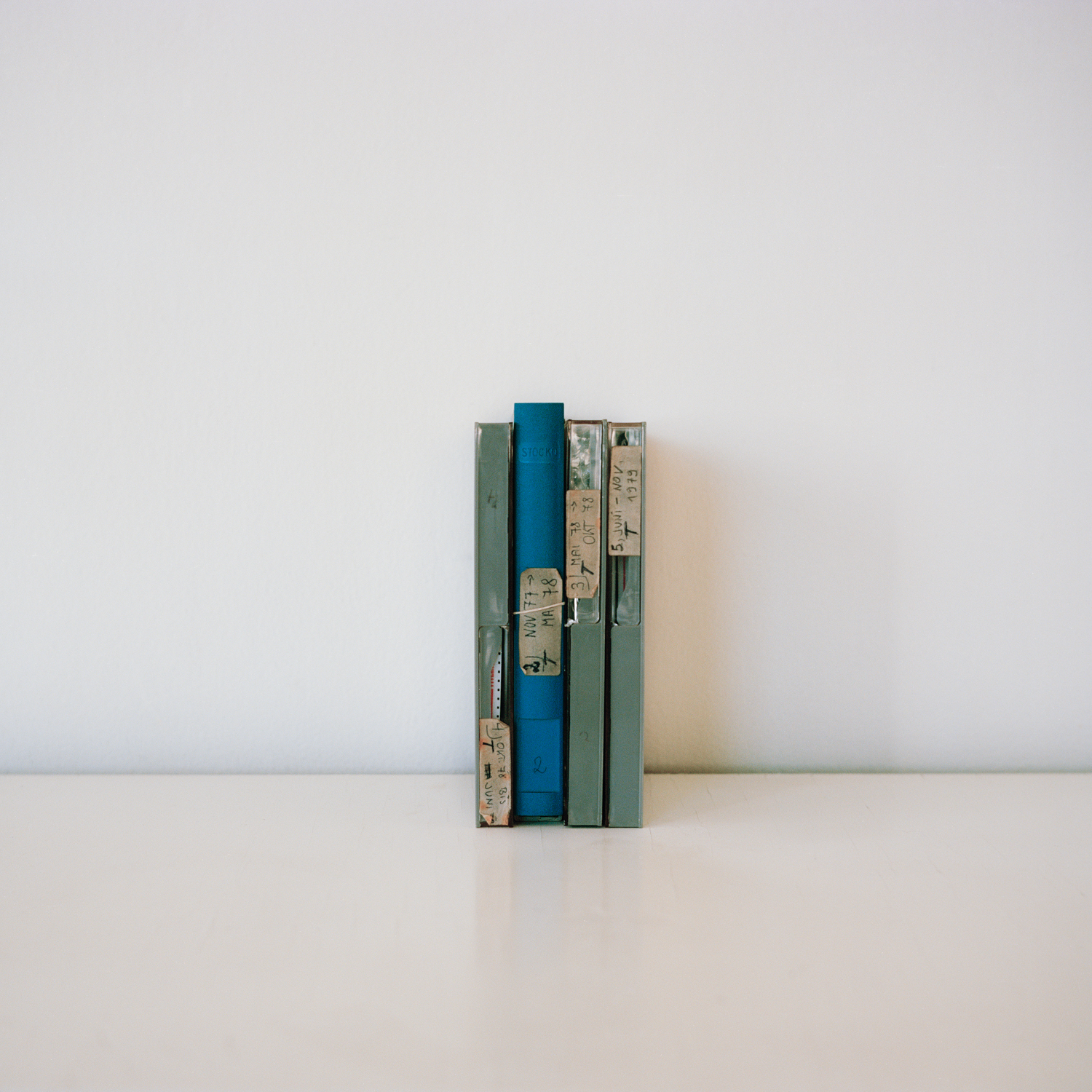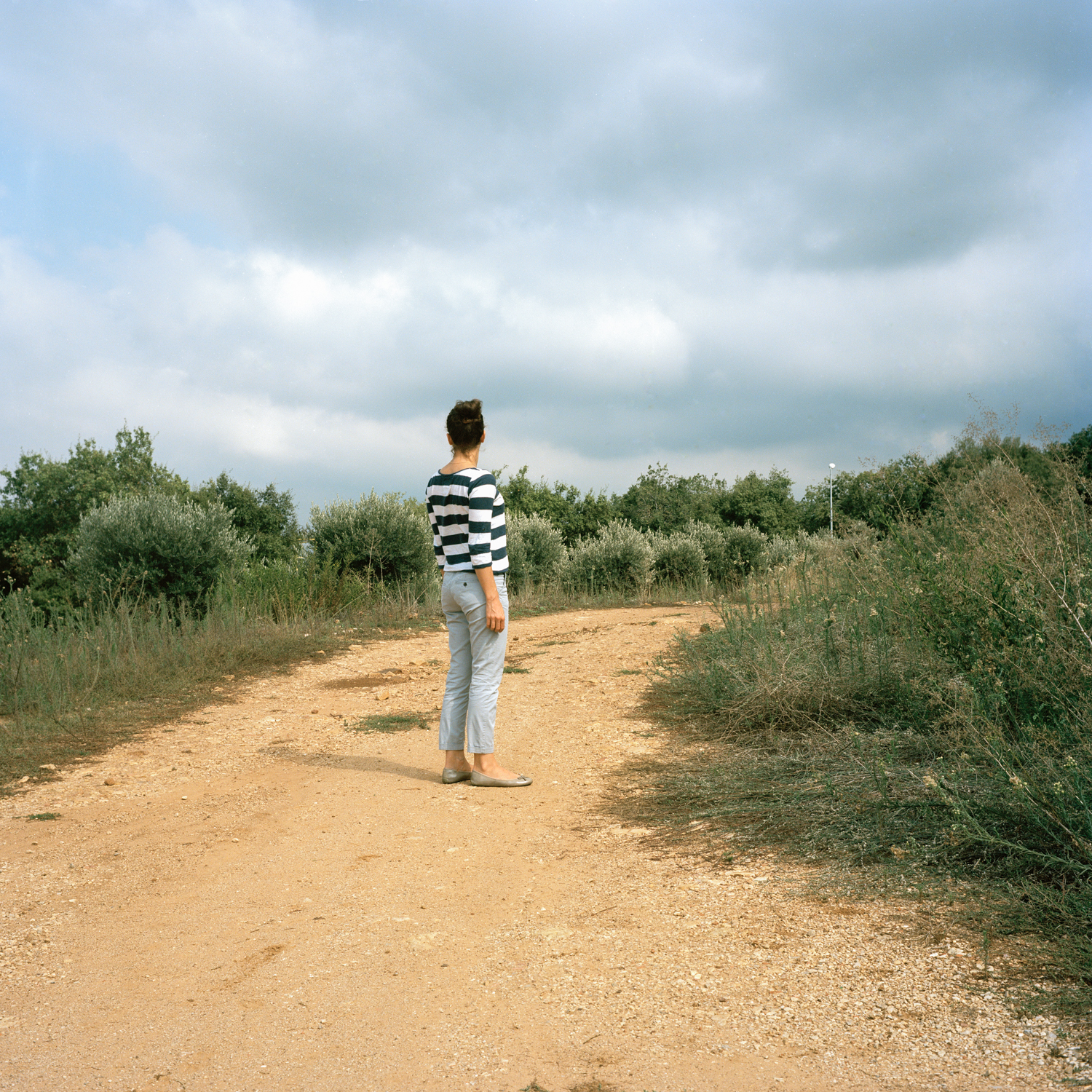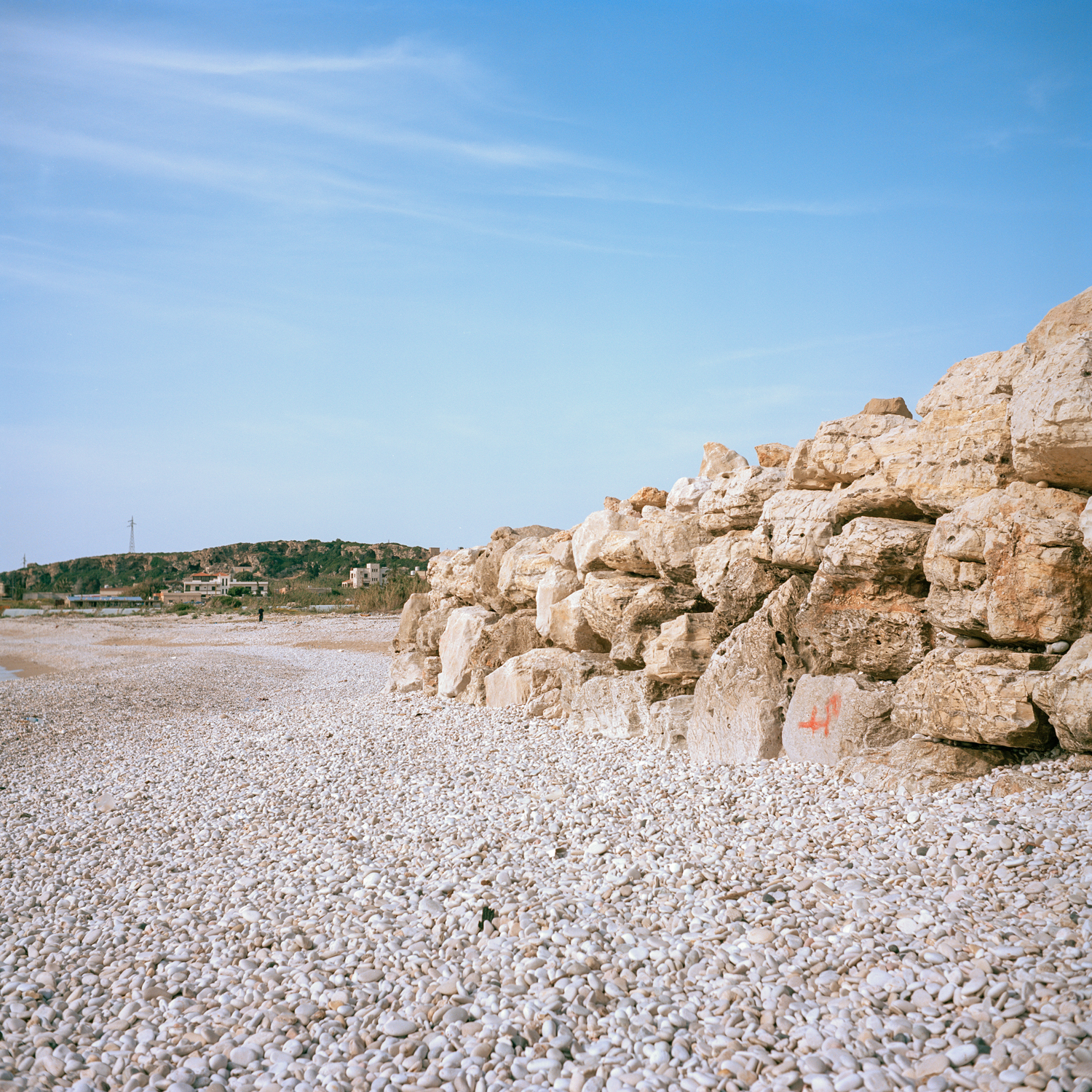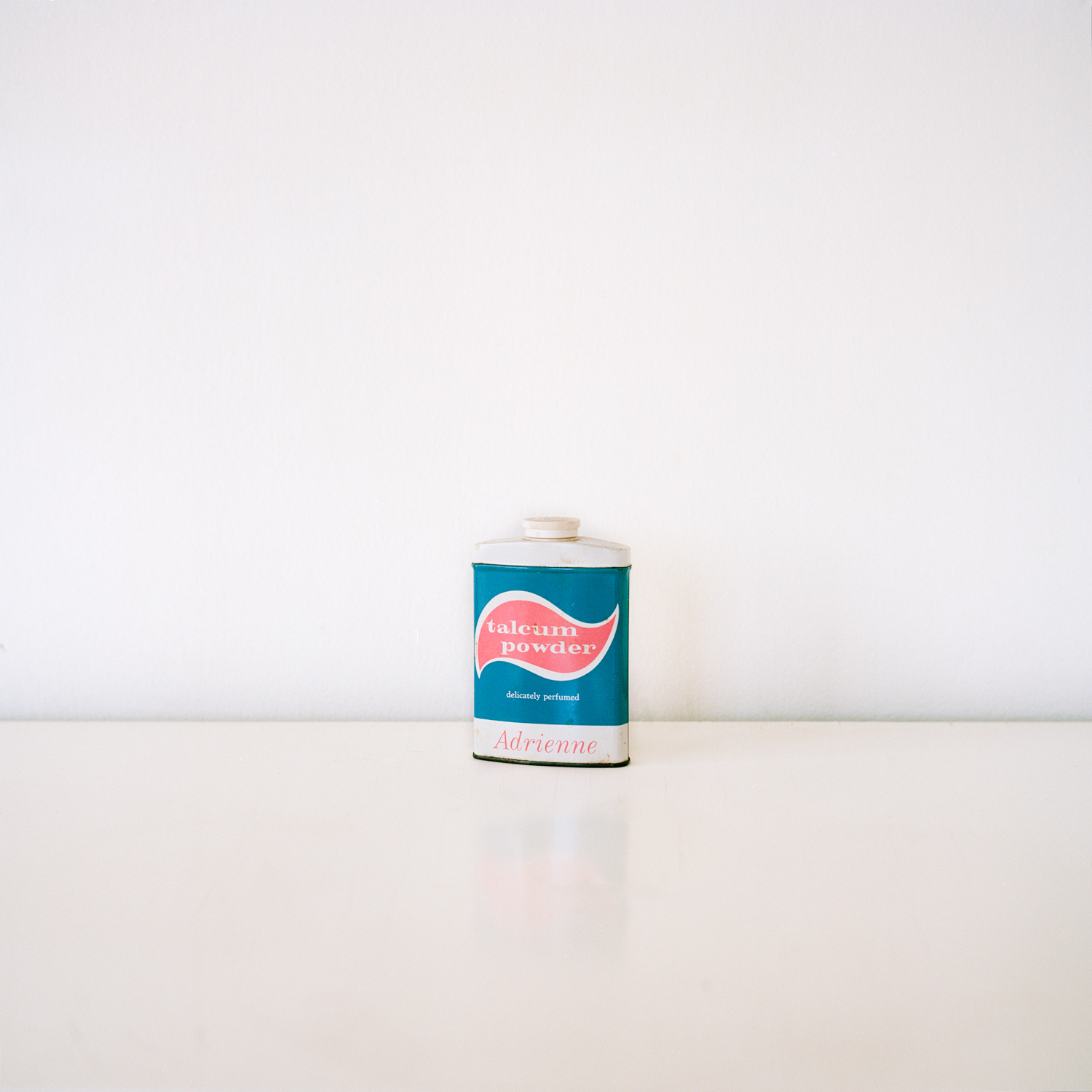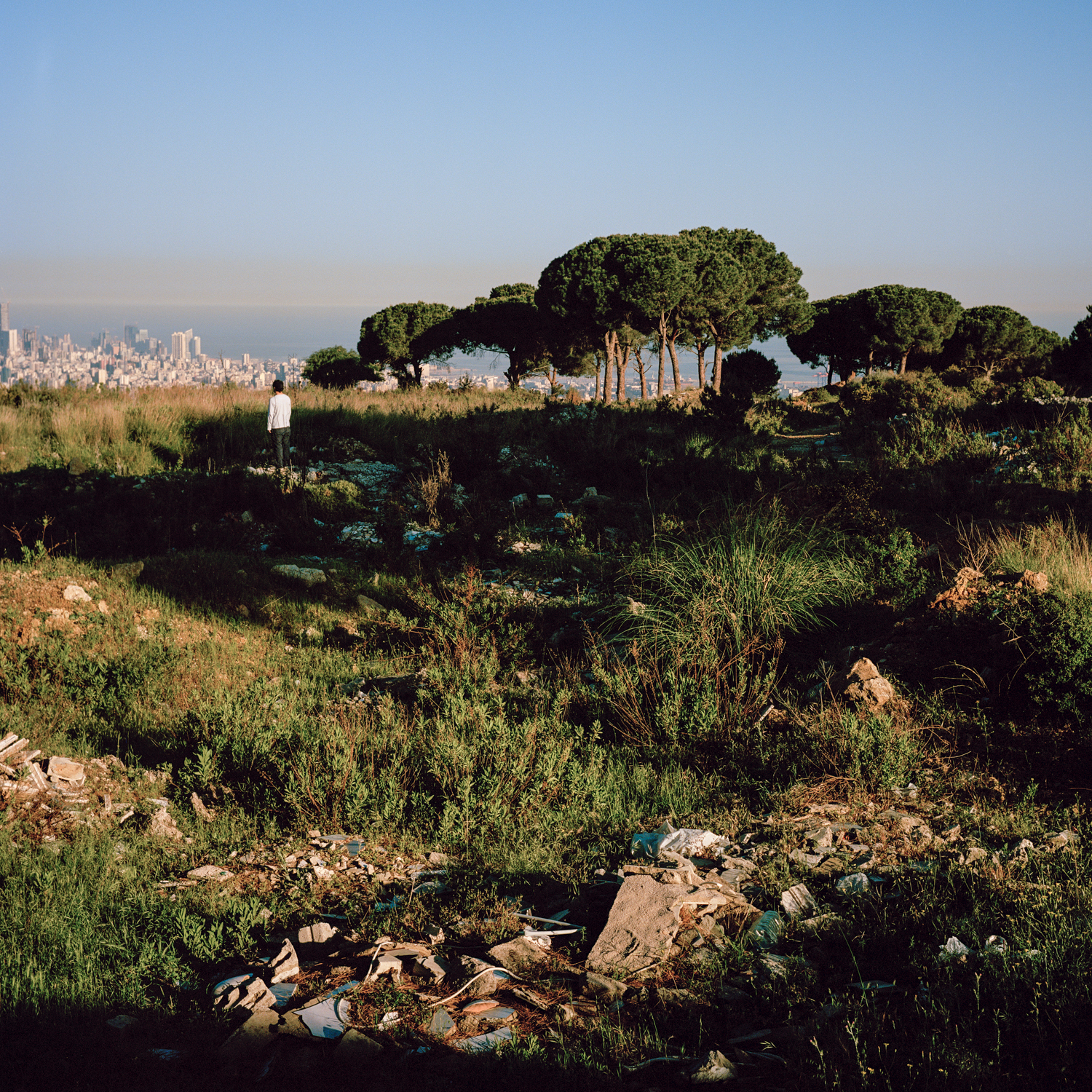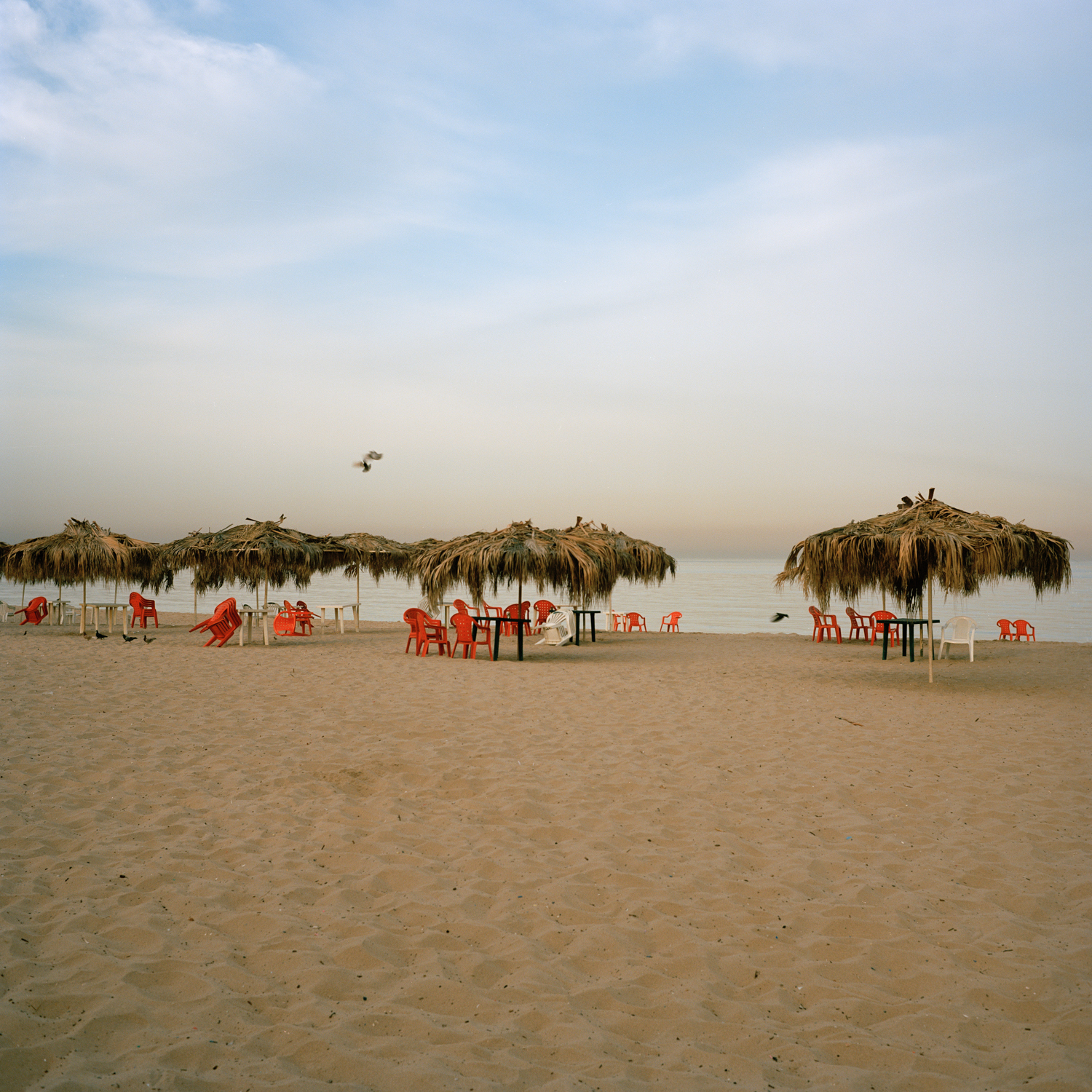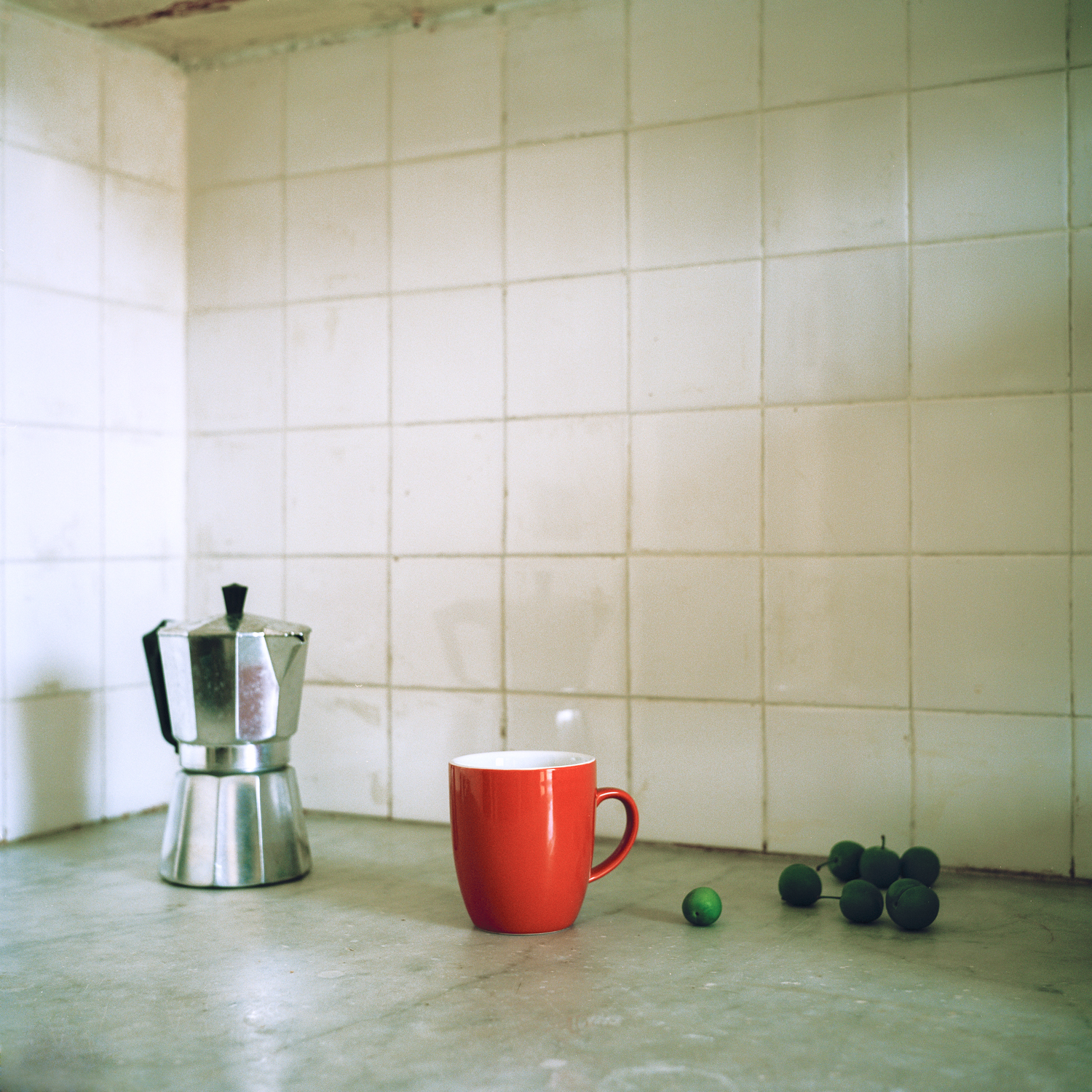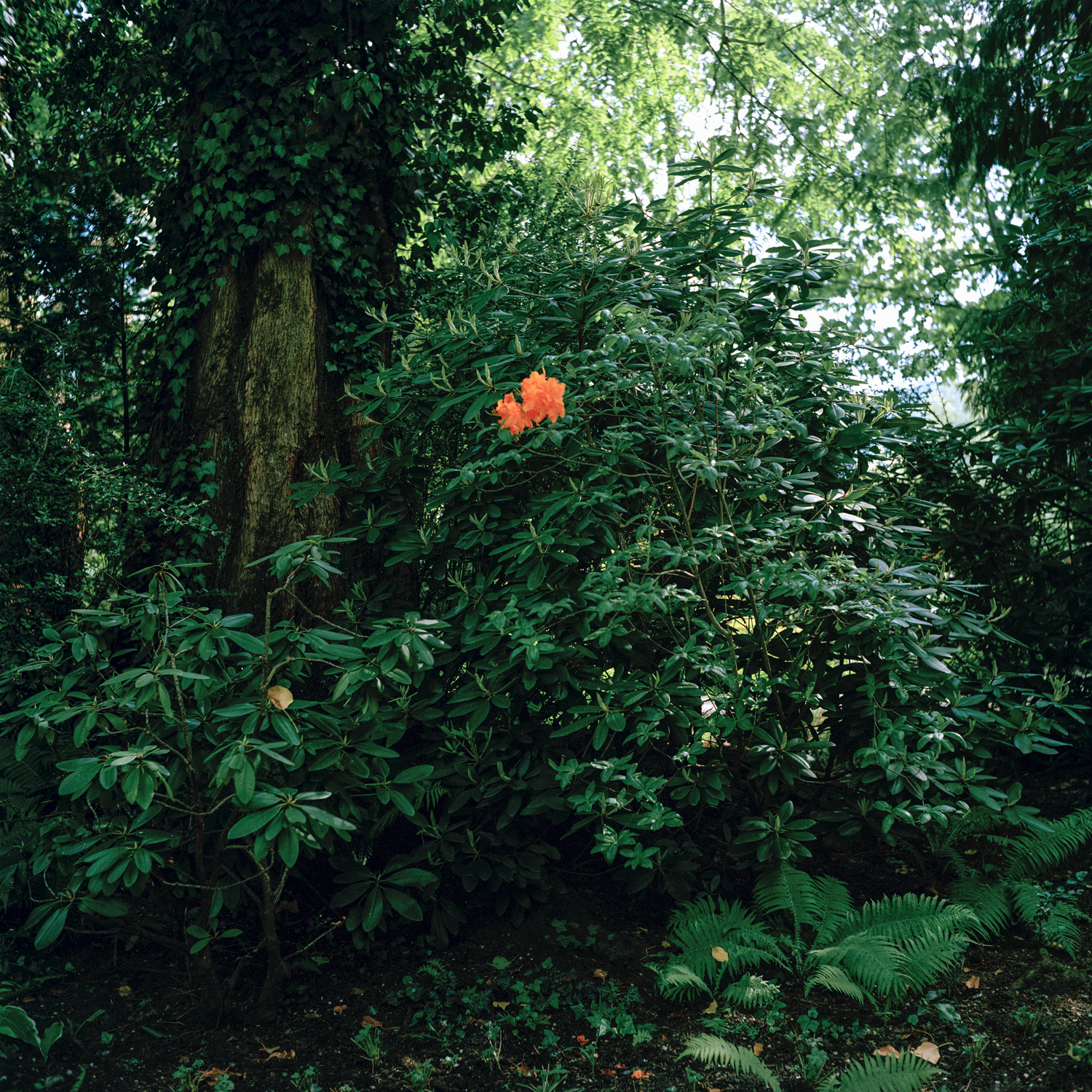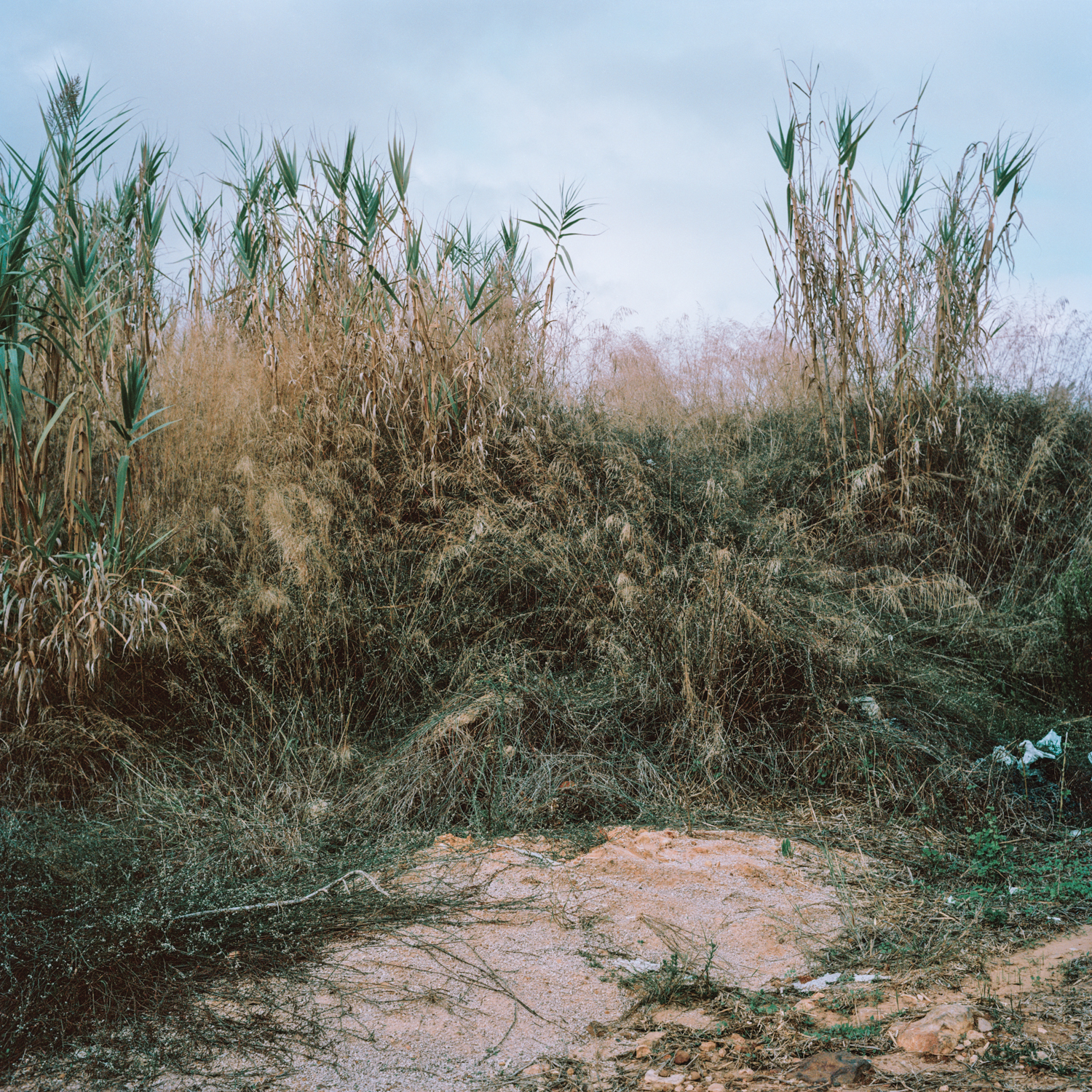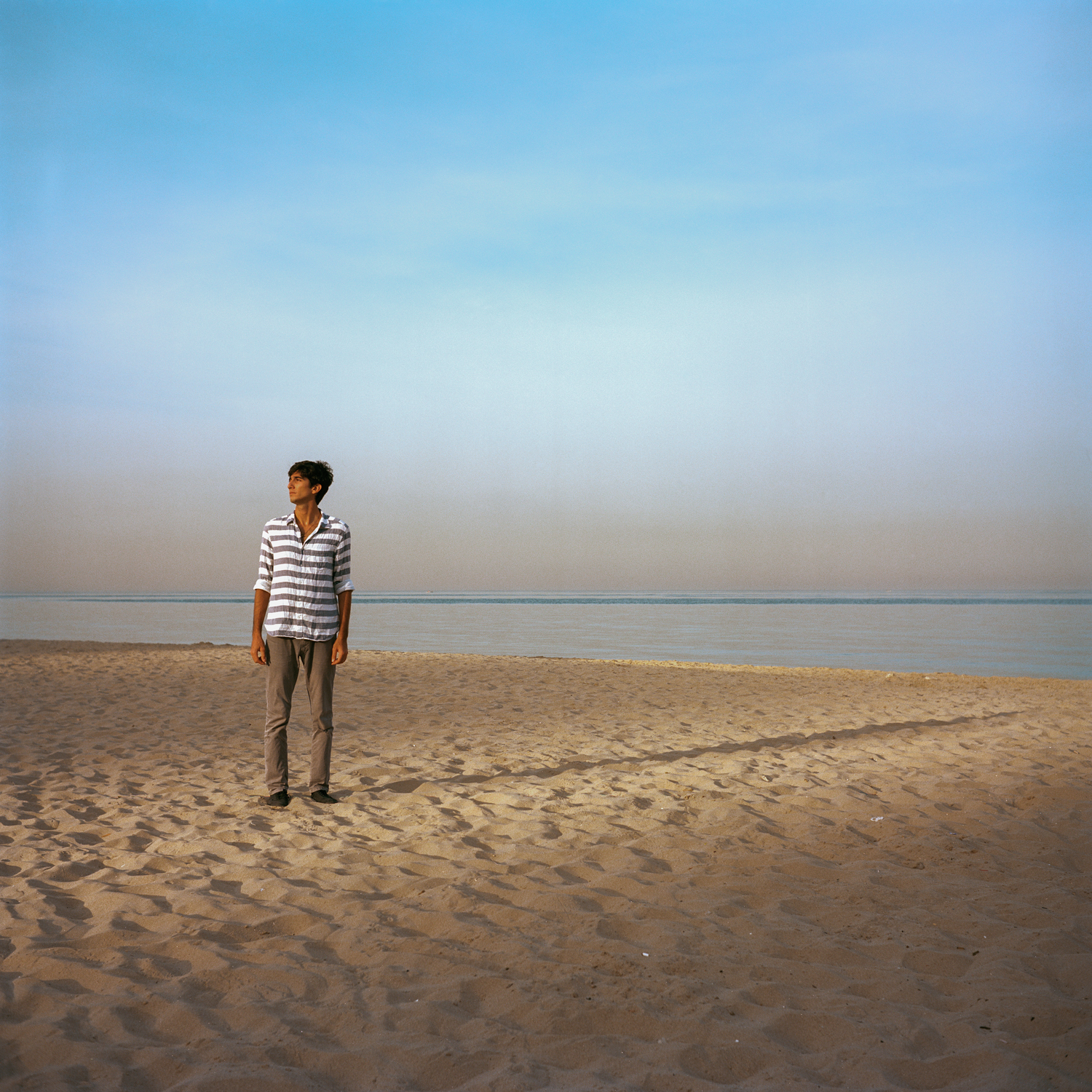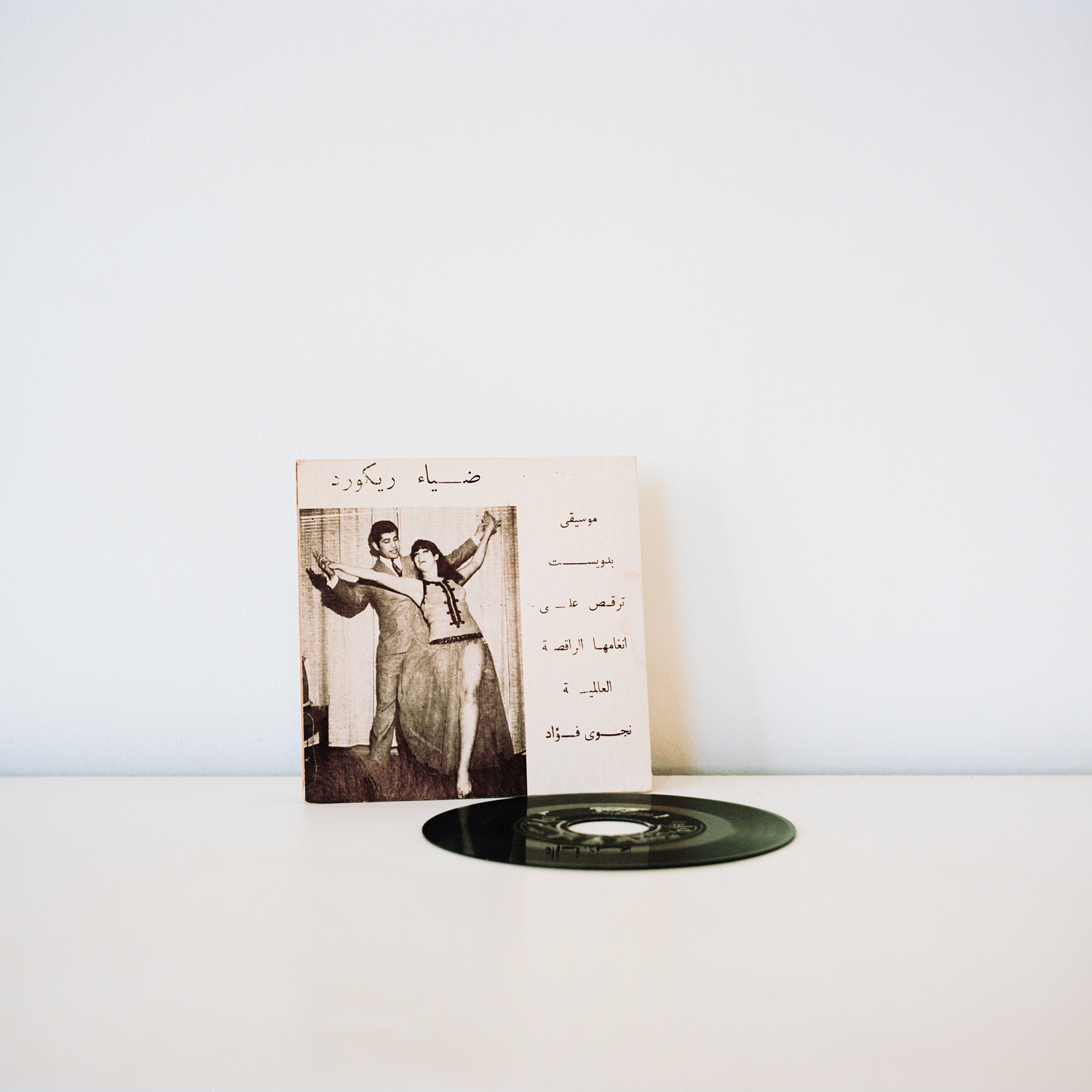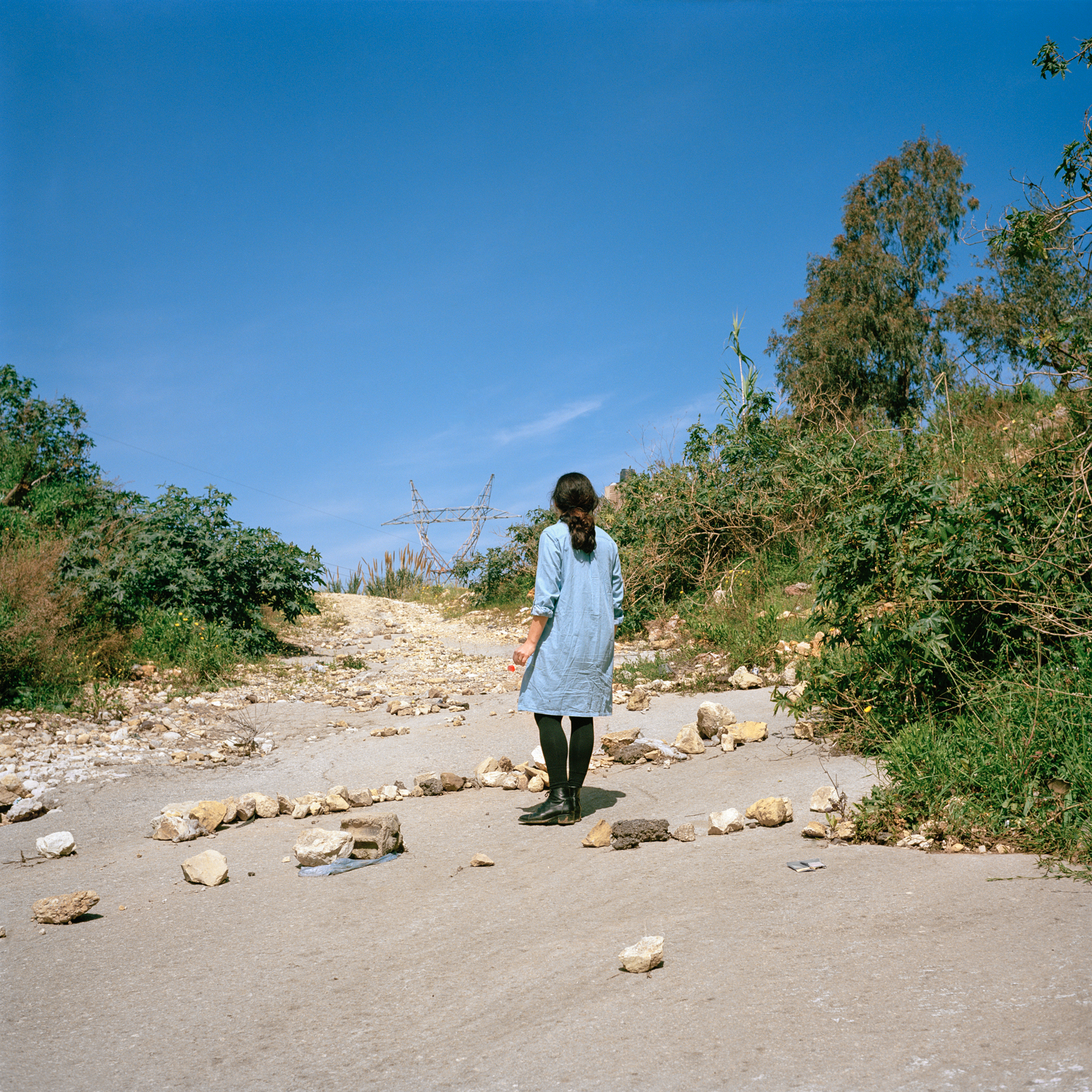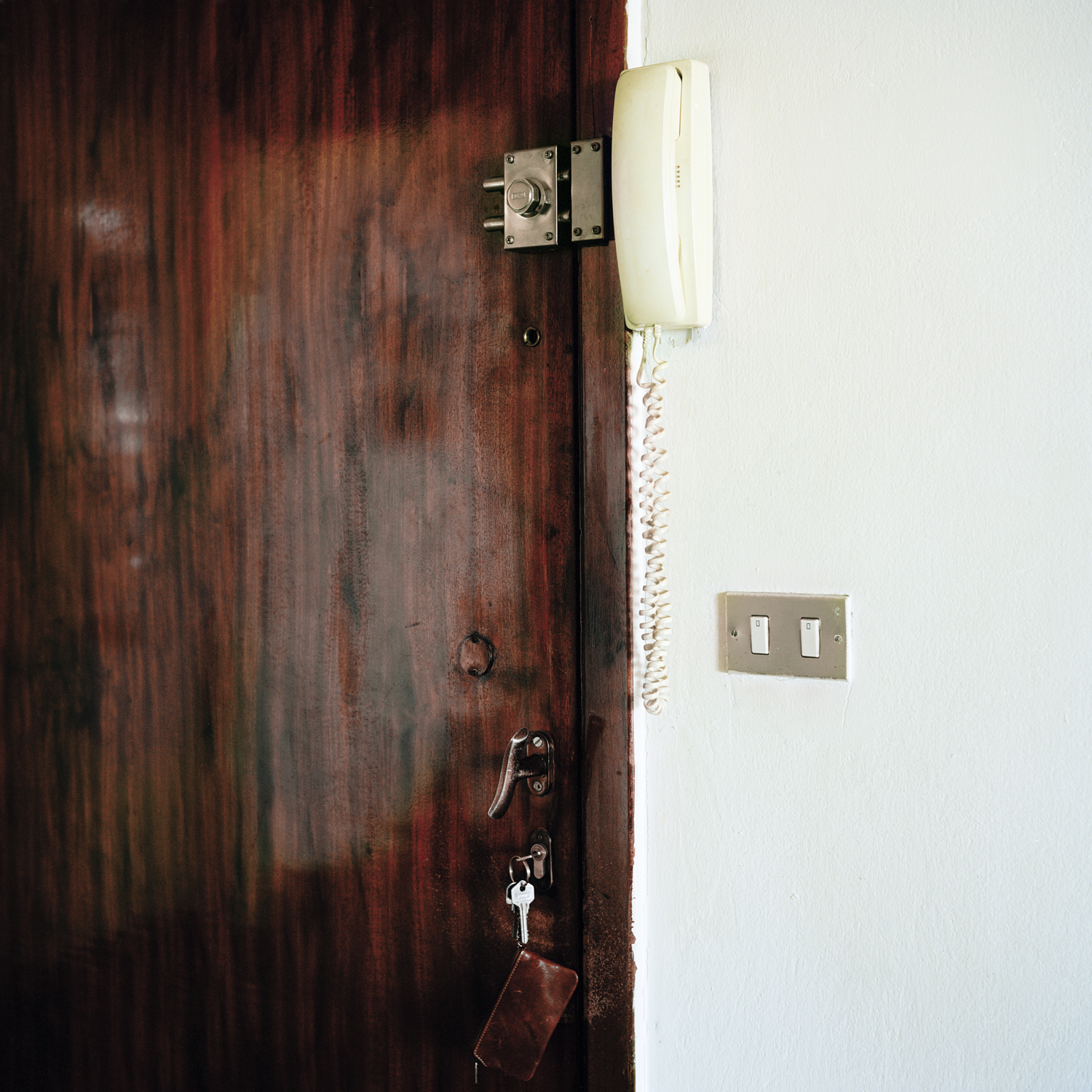Images by: Tanya Traboulsi
Written By: Ryan Nemeth
Tanya, thanks for taking the time to interview with Terratory Journal! I wanted to talk with you about your series of work, Lost Strange Things: On Not Finding Home. I am interested in exploring this body of work as the images reveal something interesting about an important component of place, which is culture. Although it is not glaringly apparent, our sense of place is in fact largely shaped by the culture that surrounds us. This means objects, people, food, architecture, music, and language are all cultural elements in our environment that help to shape our associative and emotive meanings of place. Thus, the cultural nuances found in the food we eat and grow, the buildings we erect, the objects we employ and covet, the people we are surrounded by, and our infrastructure and architecture all help to define unique cognitive and behavioral patterns that give context and meaning to personal and collective geographies. The world over, cultural geographers note that unique cultural and geographic identifiers impart distinct sensory perceptions of location and place. These cultural and social considerations along with other geographic information help to shape our identity by imparting sensory perceptions that create relevant memories and experiences of place.
"It is place, permanent position in both the social and topographical sense, that gives us our identity." - J.B. Jackson
R: Tanya, you have a really unique world-view as you have lived in both Europe and the Middle East. Austria and Lebanon are distinct geographies and have probably shaped your views of place in really different ways? You are currently living in Lebanon, tell me more about the country, how big is Lebanon?
T: The country is a small, about 4.5 million people. Recently, our country has taken in about 1.2 million Syrian refugees, so we have grown exponentially almost overnight. I am sure you have been tracking this in the news?
R: Yes, the situation in Syria is very concerning. It is hard not to notice the relevant displacement issues in Hungary, Germany, Turkey, Jordan, Lebanon, and beyond. I am very compassionate about this situation as it is a challenging problem on all sides. Clearly this is a multi-national issue and a tough one to navigate as the refugees are victims of conflict.
T: Yes, and I bring this up as I have been thinking a lot about place, movement, and belonging as related to Syrian refugee groups. It is interesting to ponder how forced migration affects identity and our sense of place.
R: I would assume that most refugees have a hard time coping with the shock of their newfound realities. I can only assume that this situation turns many lives upside down! Tell me more about your family history and upbringing in Austria and Lebanon. How did you end up in both countries?
T: My mother is Austrian and my father is Lebanese. My mother is actually a sports teacher and she landed a job in Lebanon as a ski instructor. She left Austria for Lebanon and in doing so met my father. My mom stayed in Lebanon until 1975 when the civil war broke out and then she split time between Lebanon and Austria. I was born in Austria in 1976 and shortly after my birth my mother and father returned to live in Lebanon. They stayed in Lebanon until 1983, when the country became very unlivable.
In 1983, at the age of 7, I returned to Austria with my family, where I completed all of my schooling. Thus, my youth and teenage years were spent in Austria and my early formative years were in Lebanon. I should mention that leaving Lebanon at an early age was very difficult for me. I was torn by this move and I longed to return home to Lebanon. However, returning was an impossible thing to do at the time because of the war. This life experience created a deep sense of displacement and with it ushered in many questions of identity and belonging.
R: So this series of work is an exploration of the effect of displacement on your sense of place and identity?
T: Exactly, this series is a search for places and things that represented home to me, at least for a moment or a period of time. The places, people, and objects you see in the series are all places that are familiar to me and they evoke feelings of comfort and home.
R: You are describing this series ofwork as a documentation of the places, people, and objects that surround you. These animate and inanimate things demonstrate emotional bonds or favorable attachments and links to personal memory. Thus, you are suggesting these cultural touch points and people have largely defined your sense of place. How do you feel that culture plays out in this series?
T: Well, there is a huge cultural gap between Europe and the Middle East in terms of mentality, society, and culture. In many ways, this divide or chasm has challenged my own sense of place. At times, I find that it is very difficult to get a steady stream of thoughts around my own identity. Am I European or Middle Eastern or both and how do I fit in?
In reflecting on this, I have come to a couple of conclusions. I am not sure if belonging is acceptance through a specific place or if belonging and identity are simply defined by fleeting moments in time that persist through memory? Thus, maybe memories and time are crucial and key elements in the place equation and have as much to do with defining our sense of belonging and identity as does location?
R: Yes, I think you are onto something! It is interesting that you bring up the concept of time. I also believe that temporal concerns most definitely shape our concepts of place. For me, there is also something interesting going on between time and perception. Recalling childhood memories of place seems to be a good way to explore this concept. For instance, revisiting larger than life places from my youth often yields something totally different than what I perceived. Is the difference in my memory and what I experience related to changes in my sense of time, my perception, or both? It appears that you explored this concept of time in your series by including still life photos and family memorabilia in your work?
T: Yes, exactly! In my book that is compiled from the images in this series, I have included family pictures, letters, archives, and objects that help to convey meaning and associations of time. Although I was not around for many of these memories, I still have a history that was intertwined with the lives that shaped and gave life to these family objects. It is important to note that this family memorabilia holds many memories of the past and I believe that much of this history continues to shape the present. Thus, we are never really apart from our past.
I should mention that I organized this series to explore identity through landscapes/cityscapes, objects, and portraits. For me, these objects and components of the series are very important because each carries energy from the past and my childhood. For example, I am showing a powder box in this work. This object holds a lot of meaning and associated memories for me. In talking about the past, I am reminded of the expression stating, “We should seek to live in the present.” I agree, however, we must remember that our history and the past can have a lot of bearing on our future. Thus, our history affects who we are, where we come from, what we become, where we go, and therefore largely how we identify and view the world.
R: When you mention where we go and where we come from, I get the sense that many of the figures in your series seem to be searching or seeking something? Many of these figures are looking out to the horizon, which conveys a sense of longing. What was your intent in composing the figures the way you did in this series, and how does this relate to place?
T: So the figures are kind of stiff or rigid. My aim was to show the figures more like foreign objects in their environments. Thus, I wanted the figures to feel somewhat separate from their surroundings. I think this concept comes about from my own experiences of moving and feeling out of place or foreign to place, this describes much of the alienation I felt as a young person. I also wanted to bring in some bizarreness and to paint somewhat of a surreal scene. This surreal quality captures the bulk of the feeling that I am after in regard to conveying a confused or conflicted reality.
R: So who are the people in your images, how were the selected?
T: The figures are all friends and family, they are people that have been a big part of my life or that I have some connection to. As this series is about identity, I have naturally included my mom and my sister in several images.
R: Tell me about the locations that you selected for your landscapes, these appear to be public spaces that might have meaning to you? For example, there is an image of a park with a tower included, is this Lebanon?
T: This is actually Austria, what you are seeing in this image is a flak tower that was used during the Second World War. Here is the past again and the concept of time as this object holds a collective memory for many Austrians. There is sense of heaviness that many Austrians carry around with them regarding this history. Similar to this is the Lebanese collective memory, which is the Civil War. In both cases, these memories of the past continue to define a present day collective identity. Thus, the collective sense of place and sentiment in both countries is still involved with history of conflict and the memories that persist.
R: Your personal history reveals that your life has unfolded in communities that have been deeply affected by conflict. I too find it fascinating how conflict impacts concepts of place and identity. Inevitably, the very nature of these abrasive events creates sides. In doing so, our relevant human needs for security and stability often create a response that urges us to erect walls and create barriers. Thus, conflict generates scenarios where in groups and out groups are defined and coinciding cultural identities are challenged.
The terrible reality and traumatic part of conflict is that war goes as far as challenging human existence. In doing so, conflict strips away complex personal and collective memories that help to shape and define our sense of place, identity, and belonging. I really admire your courage to explore and examine the effects of this process in your own life as you have helped me to understand some of the cultural and social considerations of place. Tanya, thanks for taking the time to elaborate, this conversation has been very enlightening!
Find more of Tanya’s work here: http://www.tanyatraboulsi.com
References:
Retrieved from: http://www.artofgeography.com/info/the-sense-of-place

